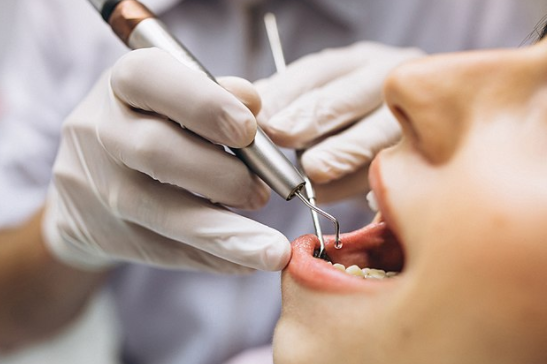Imagine you’re sitting on the dental chair with your mouth wide open. Your dentist just took an X-ray and is talking to his assistant, using terms like “abscess in 47” or “we might need a CBCT”.
You’re anxious.
You’re confused.
What if you knew some dental terms that could help you understand the situation better? Don’t worry- we’ve got you covered!
Dentists usually try to explain what’s wrong in a simple manner. However, you can have an edge at understanding your dental problems by knowing these dental terms.
Read on to know 37 terms dentists often use, and what they mean:
ABSCESS: Dental abscess occurs when pus (that is a mixture of your blood cells) builds up in your teeth or gums. This happens because of bacteria invading your teeth through a cavity, or through a crack in the skin. It can be painful and progress into worse cases, so you should be visiting your dentist right away.
AMALGAM: Amalgam is the silver filling that is used to fill cavities. Although it’s not tooth coloured, amalgam is still the go-to material for many dentists because of its ability to last for a longer time in your oral cavity.
ALIGNERS: Aligners do just what their name suggests- they align your crooked teeth. They’re transparent and removable, making them an effective choice for people who do not want to opt for traditional braces.
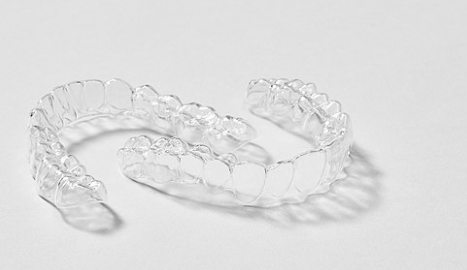
ALVEOLAR BONE: That part of your jaw bone where your teeth are embedded. Along with other supporting structures, the alveolar bone makes sure your teeth are intact and in place.
ANESTHESIA: If the dentist says he is about to give you anesthesia, it means you won’t feel a thing as your nerve sensations are blocked. Pain won’t pass through the area where you are injected. This is why you don’t feel a thing when we pull your wisdom teeth out!
BRIDGE: Bridges are used to replace missing teeth. When placing a bridge in your oral cavity, the adjacent teeth are also prepared and used as support.
BRUXISM: Do you often find yourself clenching your teeth hard? Chances are you might hear your dentist say you have “bruxism”. Bruxism can be controlled by behavior modifications or wearing a mouthguard.CARIES: Caries is a fancy term for cavities. Dental caries is any infection that is caused by bacteria that eat up into your hard tooth structures. Cavities are the root of many dental problems, which is why we stress on getting them treated as early as you can.
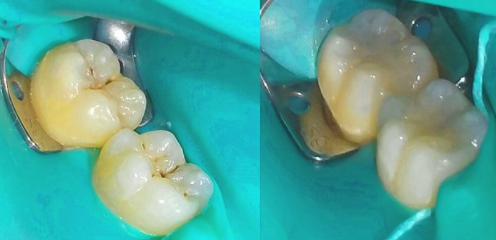
COMPOSITE: Tooth coloured filling that is used to fill your cavities.
CALCULUS: Calculus consists of hard and mineralised deposits that won’t go away by simple brushing. Brushing and flossing regularly is important to avoid buildup of calculus.
CBCT: CBCT is an imaging technique that records fine details of your bones, nerves and other soft tissues. It helps your dentist plan his treatment efficiently. CBCT stands for Computed Cone Beam Tomography, and you could most likely be sent for one if you’re getting an implant.
CROWN: Think of crowns like the “caps” of teeth. They are custom made and are used to restore the normal function and appearance of missing or damaged teeth.
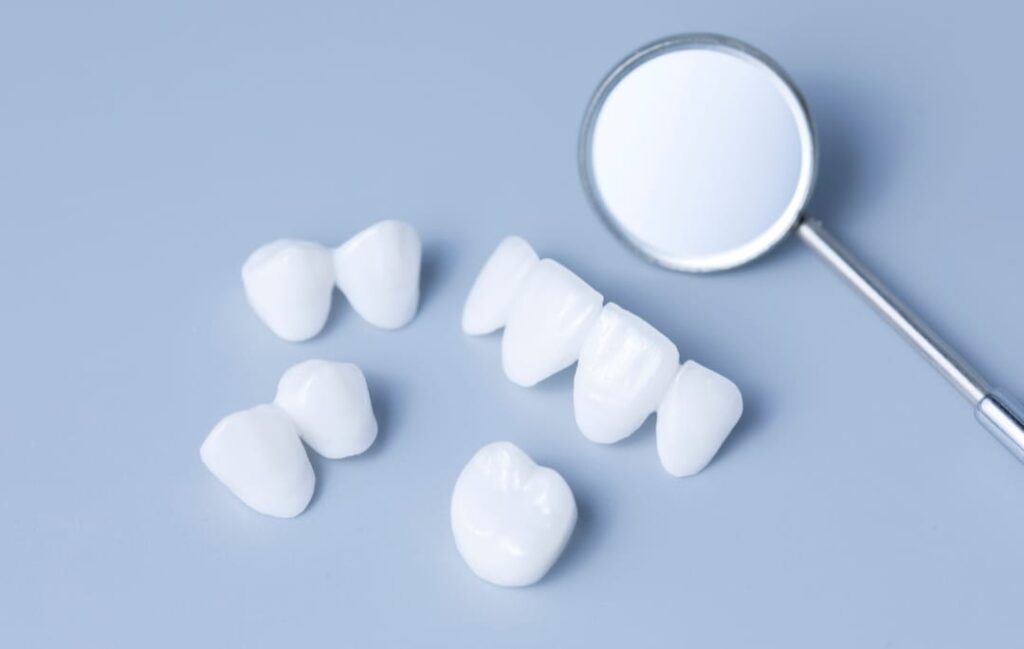
CUSPID: A cusp is an elevation on the tooth. Your canines and premolars are called cuspids and bicuspids (two cusps) respectively.
DENTIN: Ah, sensitivity! Dentin is the yellowish portion of your tooth that lies beneath the enamel. If your dentin is exposed, then having hot tea or ice cream acts as a stimulus affecting the dentinal tubules which are filled with fluid. This fluid movement disturbs your nerves- which can cause sensitivity.
DRY SOCKET: Dry socket is a painful condition that can develop after a permanent tooth extraction. It often happens if your blood clot is dislodged from that site. No worries though, it’s a condition that is easily treatable.
ENAMEL: See that white portion on the crown of your teeth? That is enamel. It’s hard and mineralised, and is often the structure that gets destroyed first when you get cavities. Enamel is the hardest substance in the human body, but bacteria can destroy it if you aren’t keeping your mouth clean.
ENDODONTIST: An endodontist is someone you’d go to if you’re having problems related to the dental pulp. Root canal treatment and other endodontic procedures fall under the expertise of endodontists.
GINGIVITIS: A condition where the gums (pink portion around your teeth) are inflamed.
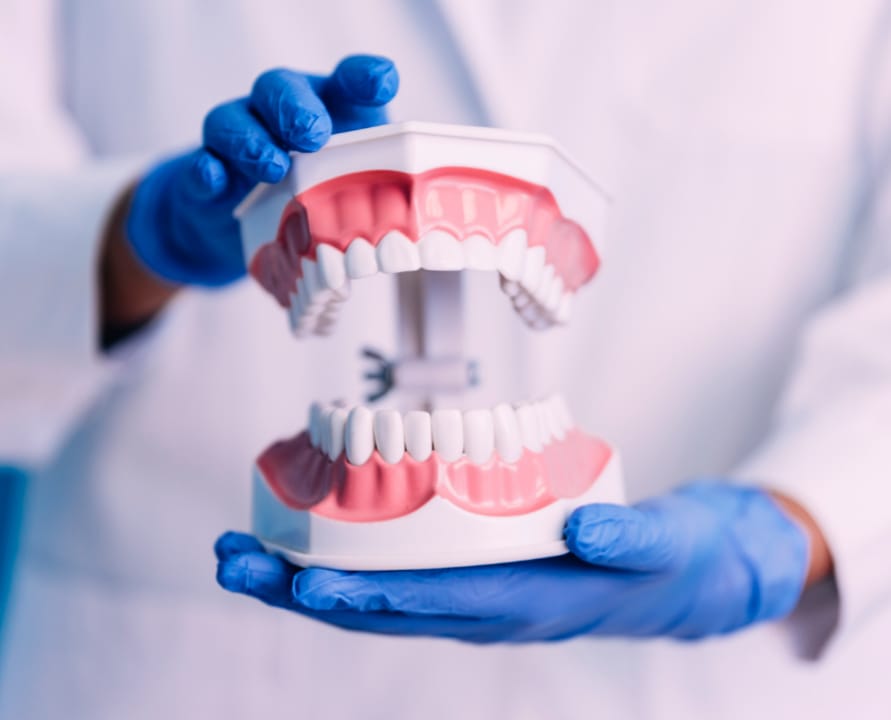
HALITOSIS: Bad breath is also called halitosis. It can occur due to poor oral hygiene, smoking, gum diseases, diet, etc.
IMPACTED TOOTH: Do you have any tooth that hasn’t completely erupted? That is what dentists call an impacted tooth. Your teeth fail to erupt properly because they do not get enough space, or other factors. Impacted wisdom teeth pain is a universal headache- and your best bet is to tend to it at the earliest.
IMPLANT: An implant is a fixed dental prosthesis made up of durable materials. It sits into your jawbone and makes a sturdy artificial replacement for your tooth.
MASTICATION: Mastication is a fancy term for chewing. Sometimes we wonder why we complicate things for all.
ORTHODONTIST: An orthodontist is concerned with correcting the alignment of teeth and jaws, and is your go-to person for anything to do with crooked teeth. Do you dream of those beautiful well-aligned smiles in Colgate ads? An orthodontist can turn that into a reality!
ORAL AND MAXILLOFACIAL SURGEON: An oral and maxillofacial surgeon is specialised in treating pathological conditions, injuries or defects of your face, jaw and oral cavity.
OCCLUSION: When teeth are in perfect occlusion, it means that the upper and lower teeth are in a relationship that allows proper form and function of your teeth.
PERIODONTIST: Periodontists are dentists with specialised training to diagnose and treat any condition related to the periodontium (gums, alveolar bone, cementum and periodontal ligament)
PERIODONTITIS: A condition where the supporting structures of the tooth are inflamed.
PEDODONTIST: Or paediatric dentist, is your safest option for all dental procedures involving kids.They specialise in giving appropriate oral care advice for children.
PROSTHODONTIST: A prosthodontist is someone you’d go to if you have missing teeth and jaw structures, and want replacement for the same. Implants, crown, bridges, dentures- prosthodontists have a number of solutions to give you the smile you deserve.
PULP: Pulp is the vital tissue that sits protected by enamel and dentin. When your tooth aches, it is likely that your pulp is infected or involved.
PLAQUE: Plaque is soft and forms a sticky biofilm on your tooth surface. It’s nasty as it keeps coming back, which is why dentists stress on regular brushing. .
ROOT CANAL TREATMENT: A root canal treatment will be recommended to you if your tooth decay has reached the pulp. The infected pulp is removed and replaced with dental materials, saving your tooth.
TOOTH NUMBERING SYSTEM: In order to communicate efficiently, dentists use numbers for each tooth. When a dentist says “take an X-ray of 46”, he means take an X-ray of the first molar on the lower right side. There are many different numbering systems that we use.
You are now familiar with dental jargon that is used in everyday life; we bet your next dental visit will be a lot more enriching!

